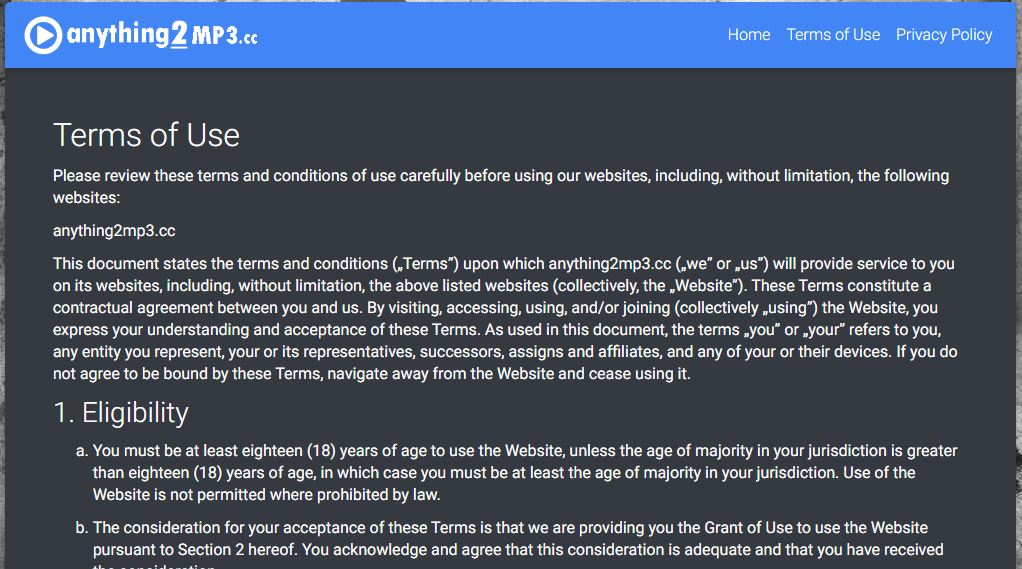Your business can’t survive without loyal, interested customers. New customer influx is the bloodstream of any business, giving it the fuel (in terms of money, interest, and word of mouth) to develop and expand.
Thus, you should focus on customer needs, tastes, preferences, and unmet requirements when designing new products and updating the old ones. For this reason, a customer-centric approach to design is the main criterion for hiring a UX design studio for your projects. Here we introduce you to the essentials of a customer-centric business approach and dwell on its pros and cons for businesses.
What Does “Customer-Centric” Mean?
As we’ve all noticed, customers are different today. They are no longer the passive consumers of advertisements and marketing baits that businesses prepare. They co-create products, influence designs, and decide what will be trendy.
So, ignoring the customer is a huge mistake, as well as trying to convince them that they’re wrong. Instead, you can work with your target users or customers in tandem, developing products that they will love.
In a nutshell, a customer-centric approach makes your business flexible and responsive to customer needs. You work in response to customer feedback and strive to maximize customer satisfaction so that your products and services remain in high demand.
How to Make Your Business Customer-Centric?
The first thing you should factor in adopting a customer-centric model is the strong leadership for that change. Assign champions inside teams and make one senior-level executive responsible for implementing this change. You’ll see how the guided change makes a focus on the customer part and parcel of your business routines.
Here is a step-by-step guide to making this happen
Create a Customer Portfolio
To know what your customers want, you need to have a clear, consistent set of data about who they are. It’s easily attainable by designing the customer portfolio. It should include the number of your customers, their revenue to your business, and their interests. Each customer group will have a relative weight in determining your business direction, so the portfolio can help you decide how to balance different customers’ interests properly.
Develop a Customer Strategy
Now that you know who your clients are and what they want, it’s time to strategize with their interests in mind. Look deeper into the customer groups you have. What do they want? How do they use your products? What do they value the most in your offering?
It’s also essential to understand which customers represent the highest value for your company. It’s impossible to be ideal for everyone, and you need to focus on the highest-priority features and requirements to make your products as successful as possible.
Also, don’t forget to test your decisions with customers. Ask them for feedback; collect their impressions via surveys and focus groups. The process of strategizing should be iterative, bringing the best results for you and your clientele.
Formulate a Customer-Centric UVP
Next, it’s time to develop an unbeatable value proposition. You need to formulate a UVP that will resonate with the customers’ values and interests. Most buying decisions are made emotionally, so your task is to arouse positive emotions in your target audience, gluing them to your product and making them recommend it.
Try to add more facts and valuable information to the UVP. First, use some attention-grabbers so that the customers pay attention to your brand. Next, give details about your company’s mission, business goals, and needs you want to address. After that, you can go deeper into the UVP’s details, familiarizing the customers with the product features they will get.
Change the Management Culture
No strategy can come to life without action. So, your next step should be the strategy’s implementation. It’s all about people who work in your company, understand its vision and mission, and make ideas real.
To make this change happen, you need to set specific milestones and KPIs for the customer-centric approach’s implementation. The team should know for sure what you expect from them at each stage, analyzing their performance against a clear, realistic set of metrics to move toward the goal hassle-free.
A great helper in the process is a focus on the UX. Once you see tangible UX improvements, you can be sure that you’re on the right way. So, a sustainable outcome of this stage is a consistent alignment of UX decisions with a broader strategy reflecting your long-term customer-related goals.
What Will You Get from Being Customer-Centric?
We’ve covered the long (and sometimes hard) journey to a customer-centric business model. But is it worth the hassle? Should you invest time, effort, and money in this change?
The answer is – sure.
Your business will get to a new productivity and revenue growth stage once it works in the customers’ best interest. Here are the positive gains you’re sure to notice very quickly:
Organizational resilience
Navigating the turbulent and dynamic business environment may be hard at times. But if you distance from the external market turmoil and focus on the customer, your business operations can become much more responsive and adaptive. Customers change, and so do you, giving them value in any economic landscape.
Better organizational culture
A strong focus on customers’ needs gives any organization a clear goal, alignment around one purpose, better staff buy-in of the business strategy, and agility. As a result, your company will become more productive and effective at all levels.
Customer loyalty
Customers who feel that their interests are respected and integrated into product design are likely to stay with you for a long time. They are also more willing to recommend you to friends, thus spreading word of mouth and expanding your outreach.
Increased profitability
Better productivity and customer satisfaction inevitably result in greater sales and higher profitability. Your business will enjoy more popularity among target users, which is the ultimate goal of any organization.
Join the Customer-Centric Trend Today
As you can see, becoming customer-centric takes time and proper planning. Still, it is a pressing business priority in the modern customer-controlled business era. You’ll quickly feel the gains of this approach, bringing more value to users and working in tandem with your target audience.

![[pii_email_54f93160067416541d97]](https://redditworldnews.com/wp-content/uploads/2021/05/pii_email_54f93160067416541d97.png)
![[pii_email_20ad40b34059428c77f5]](https://redditworldnews.com/wp-content/uploads/2021/05/pii_email_20ad40b34059428c77f5.png)
